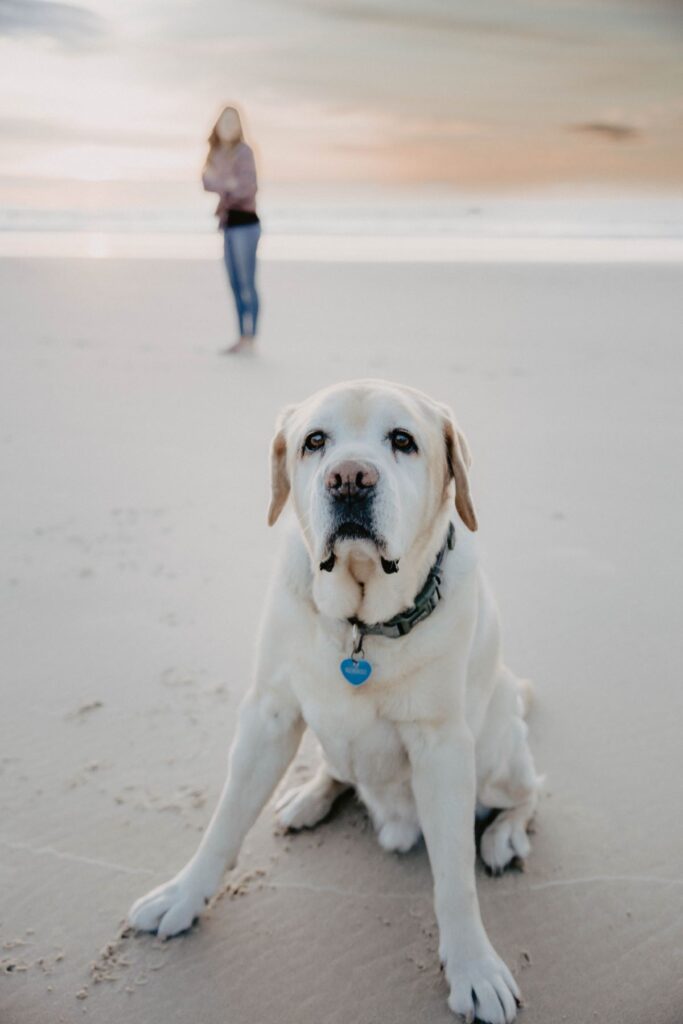How Do I Know When It's Time to Say Goodbye to my Pet?
How do I know when it’s time? It’s a very common question and as pet lovers ourselves, we understand the deep bond you have developed with your best friend. We know that you only want the best for your pet but that sometimes knowing what is best can be incredibly challenging. Many owners, when faced with an aging pet or an incurable medical diagnosis need guidance and support to make decisions about their care. Whilst you may feel that there is simply no ‘right’ answer when it comes to end-of-life considerations, this article aims to help you be the best advocate you can be for your pet’s needs.
One of the most commonly asked questions from my time in general veterinary practice was ‘how do I know when it’s time?’ So often, owners struggle with this decision and feel immense guilt no matter which way they turn. Although every situation is invariably different, there are three important considerations that help owners to better evaluate the euthanasia decision.

1. Are there signs of pain or suffering that cannot be adequately treated or controlled?
Your local veterinarian is best placed to help you with options for the treatment of your pet’s particular condition. Whilst age itself is not a disease, it is true that debilitating arthritis, cancer, kidney failure and other serious medical problems are more likely to affect our senior patients. Some of these conditions can be successfully treated whilst palliative care may be your only option for others. Signs of pain include vocalisation, panting, reduced appetite, vomiting, difficulty rising, reluctance to play/interact, uncontrollable anxiety and restlessness.
2. Quality of life
Quality of life is a reference to your pet’s general well-being and happiness. It is a collective assessment of many factors and should also be considered in reference to whether there is the likelihood of improvement in your pet’s condition over time. If you have noticed a dramatic decline in your pet’s quality of life and there is little hope of improvement, euthanasia may be appropriate. I encourage pet owners who are unsure about quality of life considerations to download our QOL assessment form and complete the daily diary over the coming days and weeks.
3. What is my ability to meet my pet’s requirements for care?
Depending on the veterinary diagnosis, day-to-day care for some patients can become unrealistically expensive and labour-intensive. It is not uncommon for nursing care to become a full-time job. For most people this is unsustainable and if your pet’s needs begin to overwhelm your physical, emotional and financial resources it will often impact your relationship and your memory of your beloved pet.
Although no one can make this difficult decision for you, there are many who can support you along the road. Discuss your concerns with friends and family, explore possible treatment options with your vet and allow our team of veterinary professionals to help you in any way they can. Whilst there is no one sign that signals a pet is ready for us to let them go, trust your intuition and remember that you know your pet better than anyone else. If you do decide that in-home euthanasia is the right decision for you, you can be sure that the Sunset Vets experience will be one of dignity, compassion and the gentlest of care.
4. Quality of Life Assessment Worksheet
Although no one can make this difficult decision for you, there are many who can support you along the road. Discuss your concerns with friends and family, explore possible treatment options with your vet and allow our team of veterinary professionals to help you in any way they can. Whilst no one sign signals a pet is ready for us to let them go, trust your intuition and remember that you know your pet better than anyone else. If you do decide that in-home euthanasia is the right decision for you, you can be sure that the Sunset Vets experience will be one of dignity, compassion and the gentlest of care. For further guidance, please refer to our Quality of Life Assessment Worksheet.
